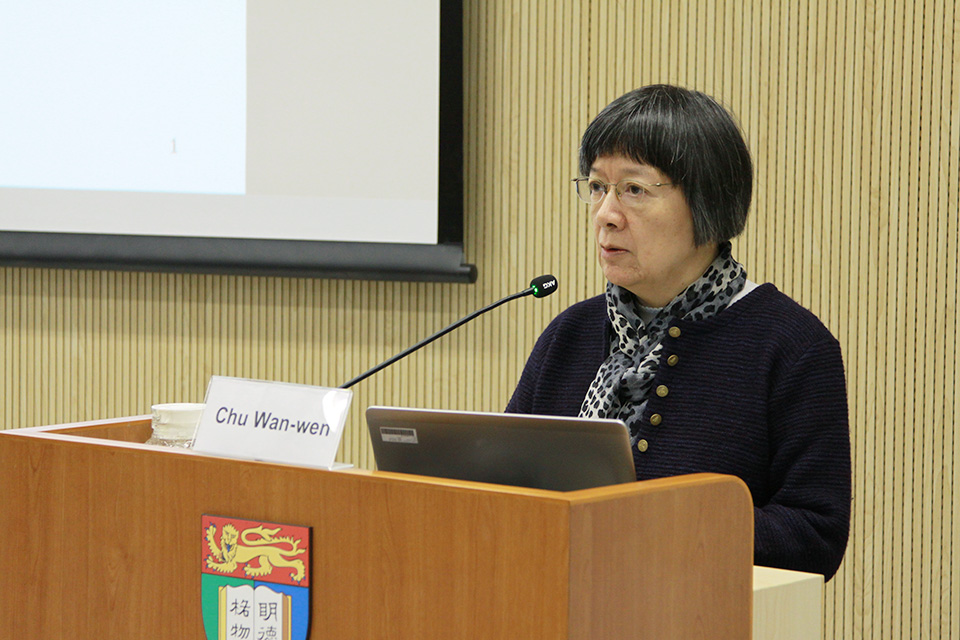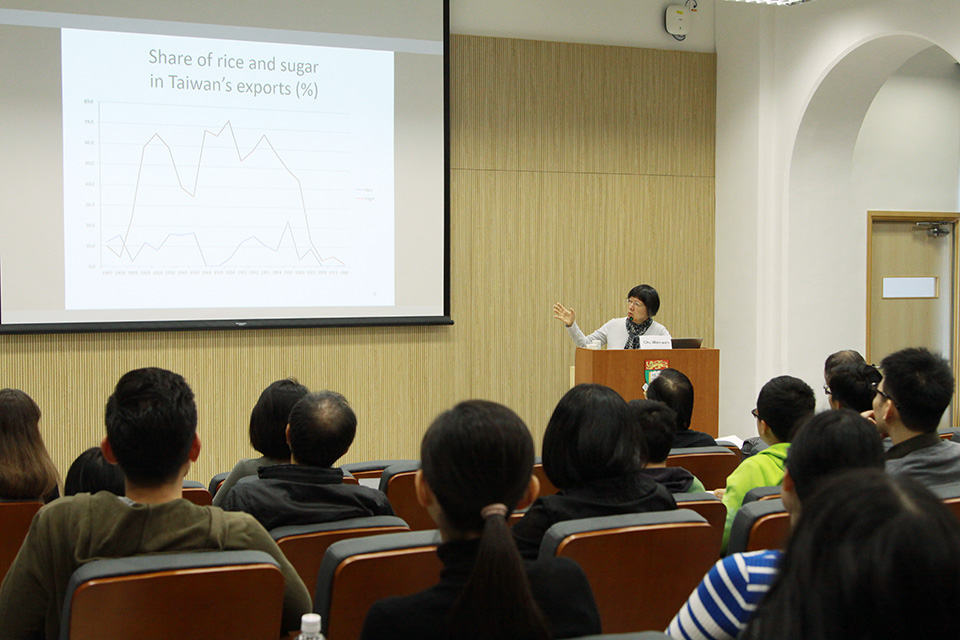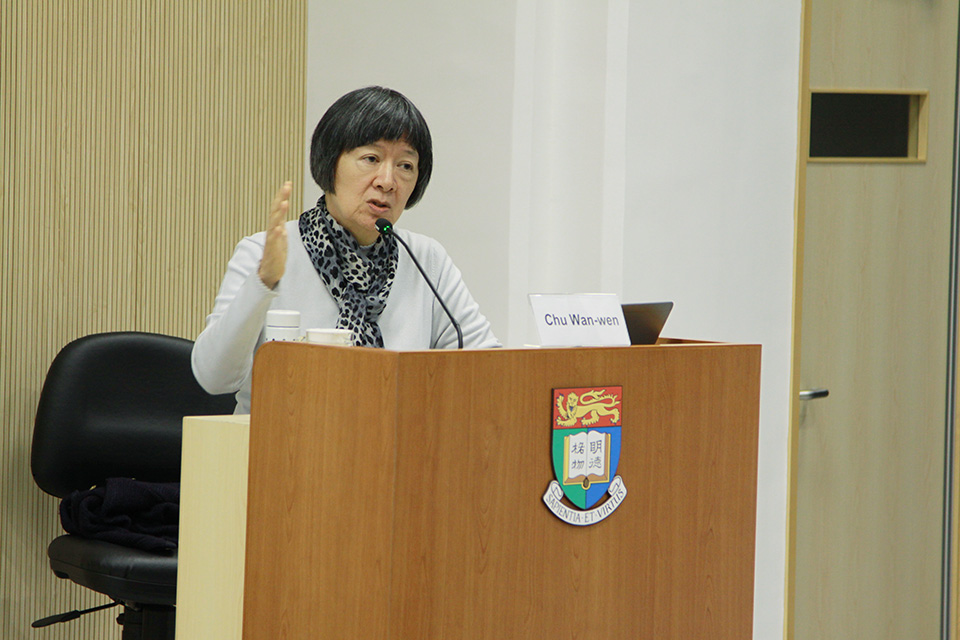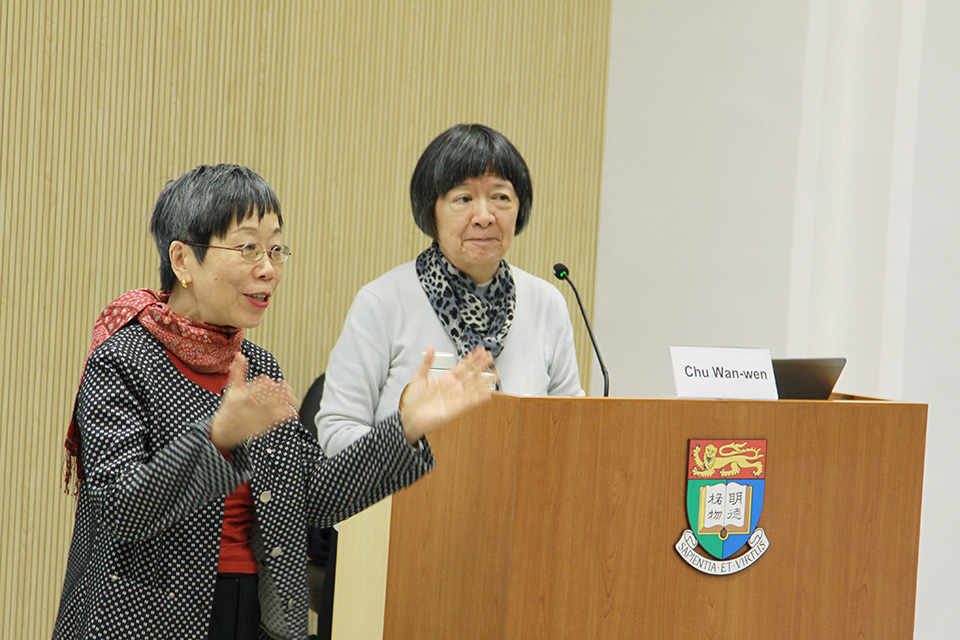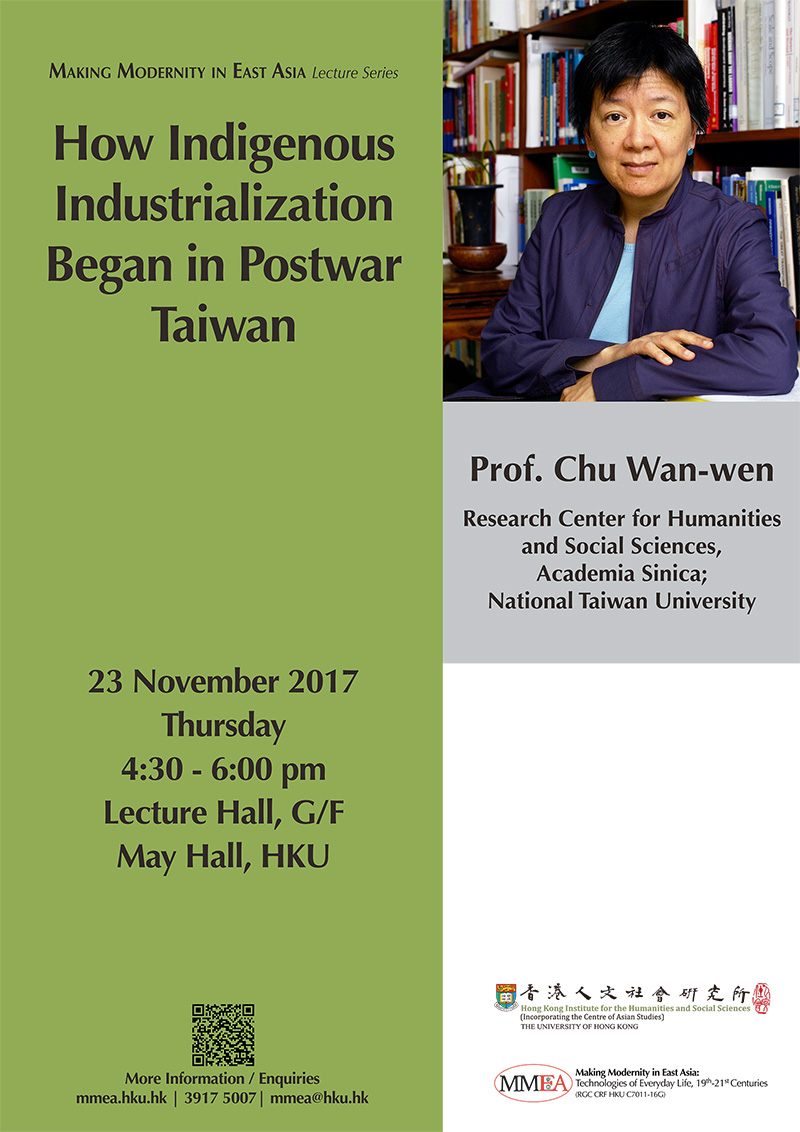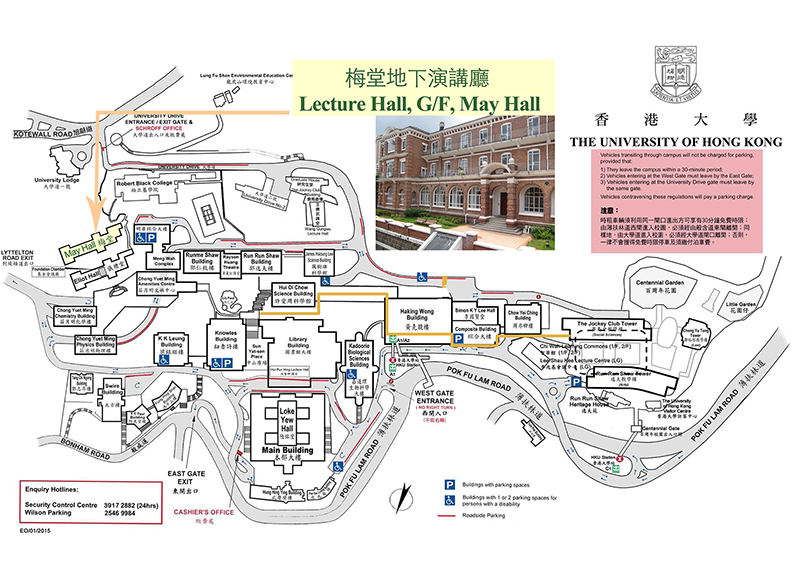Abstract
Taiwan has been a star performer economically in the postwar period. How can we explain its growth? Recently, the dominant discourse in Taiwan attributes Taiwan’s economic miracle to either the Japanese colonial legacy, or the American intervention. It is argued here that these two explanatory factors are only supplementary ones. Though the Japanese colonialists laid the foundation for subsequent modernization, Taiwan was still a typical colonial economy, exporting mainly sugar and rice to Japan, in 1945. The US aid provided much-needed resources, but it was up to the Nationalist government to build up the infrastructure to make postwar growth possible. Fresh from its spectacular failure on the mainland, the Nationalists were resolved to maintain macroeconomic stability, implement land reform and universal primary education, and use industrial policy to promote indigenous industrialization. Highly motivated officials with experience in economic planning on the mainland, especially the well-trained staff of the National Resource Commission, established the crucial bureaucratic organization to practice effective industrial policy to promote industrialization. The locals, who were discouraged from engaging in modern industries during the colonial era, now found the environment inducing. Some successful cases of postwar industry development are discussed to show the effects of improved infrastructure, as well as various technology traditions and industrial policies.
About the Speaker
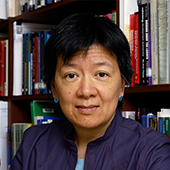
Chu Wan-wen is Research Fellow at the Research Center for Humanities and Social Sciences (RCHSS), Academia Sinica in Taiwan, and Adjunct Professor of Economics at the National Taiwan University. She has a Ph.D. in economics from Stanford University. She has published studies on East Asian economic development, especially regarding industrial policy, and is the co-author of Beyond Late Development: Taiwan’s Upgrading Policies (MIT, 2003, with Alice Amsden). Other books include Engine of Economic Growth (Taishe, 2002), Globalization and the Taiwan Economy (Taishe, 2003), and The Causes of Taiwan’s Postwar Economic Growth: the Why and How of Late Development (Academia Sinica and Linking, 2017).
Photo Highlights
